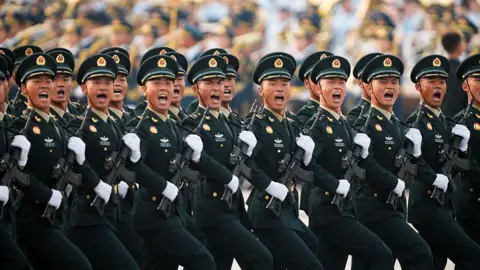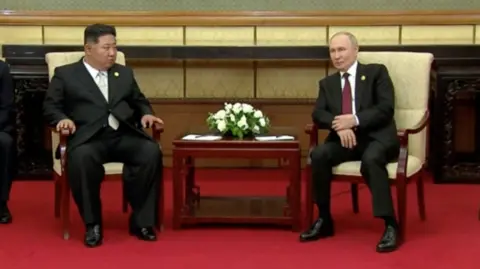Parents can receive up to 10,800 yuan per child, with the policy effective retroactively from January 2024. Families who welcomed children between 2022 and 2024 are also eligible for partial subsidies. Previous regional programs have tested similar measures, such as Hohhot, which offers up to 100,000 yuan for couples with more than three children, and Shenyang, providing 500 yuan per month for third children under three. Additionally, Beijing is promoting free preschool education to further alleviate financial burdens.
With raising a child to age 17 costing an average of $75,700, according to the YuWa Population Research Institute, the financial assistance aims to incentivize larger families. Recent statistics show that China’s birth rate is continuing to decline, with 9.54 million births recorded in 2024, indicating a slight increase, yet the population as a whole is aging rapidly, intensifying the urgency for demographic reforms.
With raising a child to age 17 costing an average of $75,700, according to the YuWa Population Research Institute, the financial assistance aims to incentivize larger families. Recent statistics show that China’s birth rate is continuing to decline, with 9.54 million births recorded in 2024, indicating a slight increase, yet the population as a whole is aging rapidly, intensifying the urgency for demographic reforms.



















